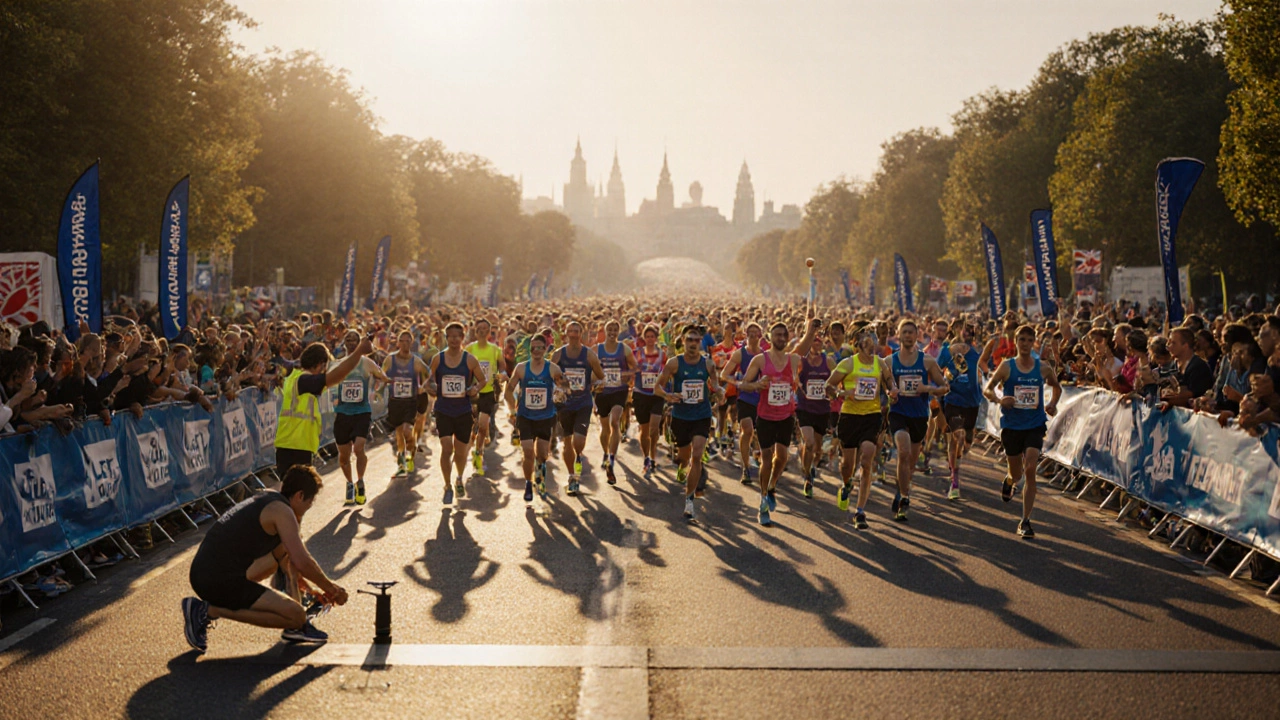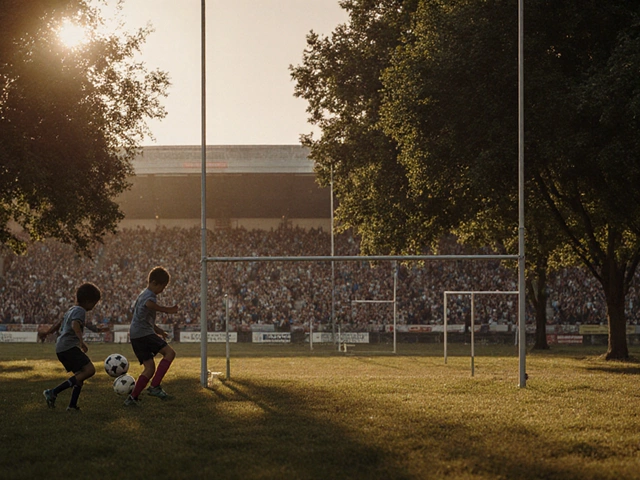Marathon Fatigue: Understanding, Preventing, and Overcoming
When tackling marathon fatigue, the overwhelming tiredness that hits runners during or after a marathon. Also known as endurance burnout, it signals that the body’s energy stores, muscles, and nervous system are under stress. This condition isn’t just a vague feeling; it’s a measurable drop in glycogen, a rise in lactate, and a dip in mental focus. In plain terms, marathon fatigue is the result of three main forces: inadequate marathon training, poor structured plan that builds endurance, speed, and stamina, insufficient hydration, fluid intake that replaces sweat‑lost electrolytes, and sub‑optimal nutrition, fuel strategy that keeps glycogen levels topped up. Think of it as a chain reaction: missed fuel leads to depleted muscles, which then trigger mental fog, and the whole system stalls. Knowing this chain helps you break it before it starts.
Key Strategies to Beat Marathon Fatigue
Marathon fatigue can be kept at bay by mastering three practical pillars. First, pacing. Running a marathon isn’t a sprint; it’s a marathon. A realistic goal pace, often calculated from recent 10‑k or half‑marathon times, lets you stay within your aerobic zone for most of the race and saves glycogen for the final stretch. Second, fueling during the run. A mix of carbs (like gels or sports drinks) every 30‑45 minutes replaces the 30‑60 grams of glucose your muscles burn per hour. Third, fluid balance. Aim for about 150‑250 ml of fluid every 20 minutes, and include sodium to avoid hyponatremia. All three steps form a feedback loop: proper pacing conserves fuel, regular carbs replenish it, and balanced fluids keep the delivery system working.
Beyond race day, the weeks leading up to the marathon matter. Long runs should gradually extend to 30‑35 km, but they must include a “fuel‑run” where you practice the exact same gels and drinks you’ll use on race day. This rehearsal trains your gut to absorb carbs without cramping. Strength work, especially core and hip stability, reduces the muscular strain that magnifies fatigue in the later miles. Sleep, often overlooked, is the ultimate recovery tool; 7‑9 hours nightly improves glycogen resynthesis and hormone balance, making the next training session feel easier. When the marathon is over, recovery is the final frontier. Active recovery—easy cycling or walking the next day—helps clear lactate and jump‑starts blood flow. Protein‑rich meals within 30 minutes post‑run jump‑start muscle repair, while carb‑heavy foods restore depleted stores. Compression socks and gentle stretching can ease muscle soreness, but the real secret is listening to your body and taking full rest days when needed. Ignoring these signals can turn a single bout of fatigue into a lingering injury. Below you’ll find a curated list of articles that dive deeper into each of these topics. From detailed guides on marathon pacing and training timelines to nutrition plans for senior runners, the posts give you the tools to diagnose, prevent, and recover from marathon fatigue. Browse them to sharpen your race strategy, fine‑tune your fueling routine, and keep your body ready for the next 26.2 miles.
What’s the Toughest Part of a Marathon? Unpacking the Wall, Fatigue & More
Explore why the marathon "wall" and mid‑race fatigue are the toughest parts, with practical tips on nutrition, hydration, pacing, and mental strategies.





